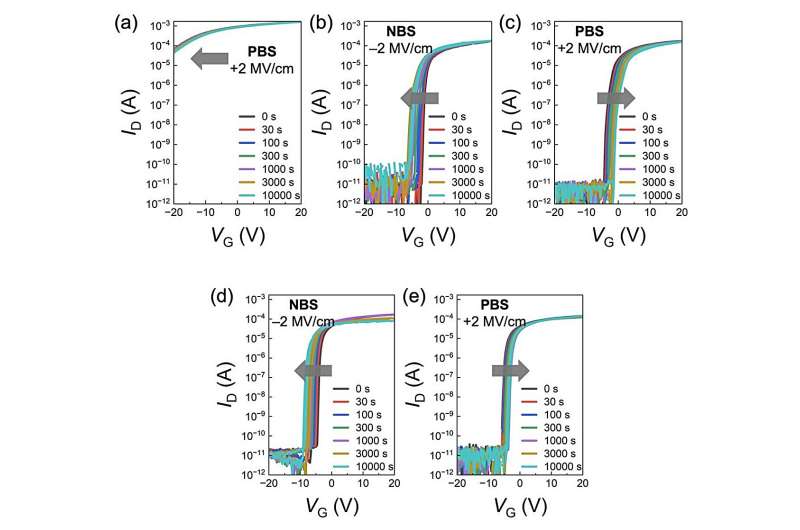
The new Selenium-Tellurium alloy transistors, created with room-temperature deposition, could enhance display technology with better resolution and lower power consumption.

A group of Korean researchers from the Electronics and Telecommunications Research Institute (ETRI) has developed new p-type semiconductor materials and thin-film transistors that are expected to drive innovation in the semiconductor industry. The team successfully created a p-type Selenium-Tellurium (Se-Te) alloy transistor, which can be deposited at room temperature using a chalcogenide-based semiconductor material. They also introduced a technology to adjust the threshold voltage of n-type transistors through charge injection control in a heterojunction structure using Tellurium thin films.
Depending on their doping status, these semiconductors are classified as intrinsic (pure) or extrinsic. By adding specific impurities, the conductivity of semiconductors can be enhanced, resulting in either n-type or p-type semiconductors. In display technology, n-type oxide semiconductors, such as Indium Gallium Zinc Oxide (IGZO), are commonly used. In contrast, p-type semiconductors, such as Low-Temperature Polycrystalline Silicon (LTPS), have been less developed due to manufacturing challenges and higher costs. However, the demand for high-refresh-rate displays, such as 240Hz displays with SHV-class resolution, has increased interest in p-type semiconductors.
To address these challenges, the researchers developed a new p-type semiconductor by adding Te to Se. This improves the crystallization temperature of the channel layer, allowing for room temperature deposition followed by heat treatment. This method improves transistor mobility and enhances the on/off current ratio. The research also showed that the heterojunction structure of Te-based p-type semiconductors can improve the threshold voltage control of n-type transistors. This advancement enhances stability without the need for a passivation layer, paving the way for new display technologies with improved resolution and lower power consumption. The team plans to optimize these p-type semiconductors for commercialization on larger substrates and apply them to various circuits.References:Jung Hoon Han et al, Tuning the Threshold Voltage of an Oxide Thin-Film Transistor by Electron Injection Control Using a p−n Semiconductor Heterojunction Structure, ACS Applied Materials & Interfaces (2024). DOI: 10.1021/acsami.4c02681









